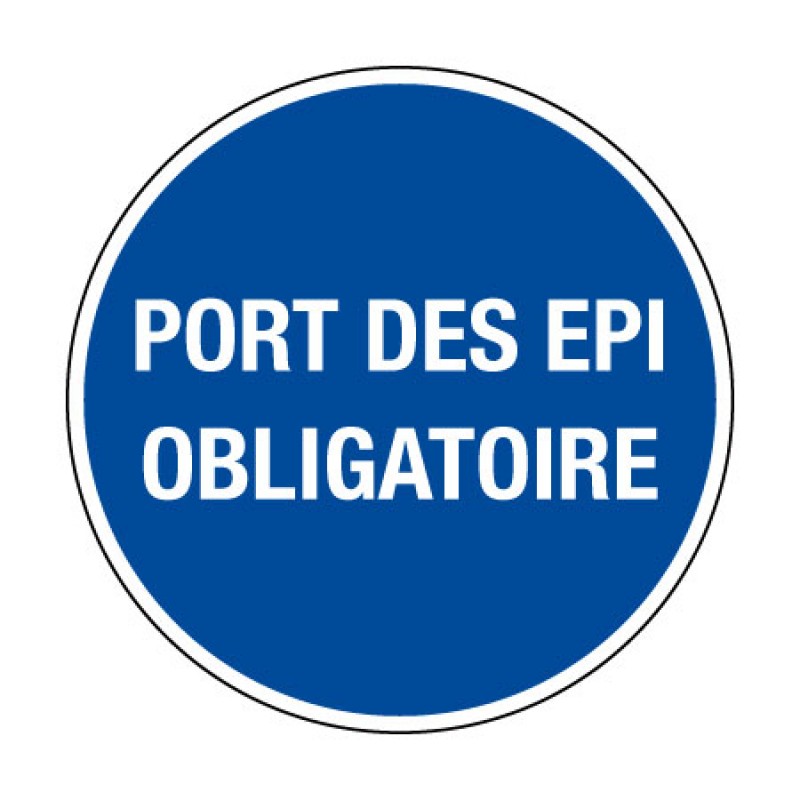|
Jacques P. TARDIF Technical director |
The dangers of biological degreasing fountains
There was significant enthusiasm for the use of biological fountains, since in theory they did not generate industrial waste.
However, biological fountains, which it would be better to call bacteriological fountains since they are laced with bacteria, do not eliminate all the pollution. The presence of gasoline, diesel, thinners, paints is prohibited under penalty of destroying or inhibiting micro-organisms.
A simple power outage can cause foul odours.
In addition, copper and its alloys (brasses, bronzes, nickel silver, zamak, etc.) are a powerful bacteria reducer; any mechanical component containing this metal leads to very rapid destabilization and degradation of the baths.
The replacement of the baths has a prohibitive cost, in the range of 700 to 900€ and must be carried out sometimes several times a year.
Regulatory aspects
The regulation concerning biological fountains identifies the users’ responsibility
The responsibility rests within the scope of common law. The user is solely responsible for the dangers associated with the use by the populations, genera, and species, of the micro-organisms provided to him.
There are not enough scientific studies for all the micro-organisms used.
Environmental micro-organisms could contaminate the fountains.
The genera and species seeded at the installation of a biological fountain are not always the same over time and do evolve, their proportion can also fluctuate over time.
Group 1 bacteria have been shown to evolve into group 2 pathogenic and infectious risk strains
Pseudomonas aeroginosa
Achromobacter xylosoxidans
Bacillus cereus
Ochromobactrum intermedium
As well as group 3 risk
Bacillus antharcis
(by sequencing the DNA encoding gene)
In addition, there is a risk that can be transmitted to users when they are immunodeficient.
Labour law: Biological risk prevention
The deliberate use of bacteriological media is subject to the occupational risk assessment Labour law Art R 4421 to R 4427-5
"It is clearly stated that it is up to the user to carry out his own risk assessment, the user must be able to have the following information":
- The precise identity of the microbial strains entering the process.
- The potential pathogenic power of each biological agent.
- The infectious dose of each pathogen.
- The bacterial concentration reached in the process.
- The pathway of penetration of the pathogen into the body (digestive, cutaneous-mucous, respiratory).
Do users have the means, since it is their responsibility, to also monitor population evolution and changes over time, compared to the original stocking?
Do they know the pathogenic power, and the infectious dose?
If manufacturers claim that their end-use products contain only group 1 bacteria, genera and species are however rarely reported in safety data sheets or in technical data sheets.
Manufacturers and marketers of biological degreasing and cleaning fountains recommend the use of air guns.
Blowing helps to dry the parts and avoid corrosion problems.
This technique results in respiratory exposure to bio-aerosols for workers.
Wearing a respirator, in addition to wearing traditional PPE, is mandatory in many countries.
Sources:
www.inrs.fr ND 2304 suivi de la flore microbiologique des fontaines de biodégradation des graisses.
www.inrs.fr évaluation des risques des fontaines de biodégradation des graisses.
«Voyage au pays des bactéries» de Me Christine DAVID Microbiologiste au Département Expertise de l’INRS.
www.irsst.qc.ca Utilisation sécuritaire des fontaines biologiques de dégraissage
www.irsst.qc.ca Rapport R-829 Prévention des risques chimiques et biologiques
www.inrs.fr ED 6034 Les risques biologiques en milieu professionnel
www.inrs.fr TJ 24 Aide-mémoire juridique
www.textlab.io Mesophilic aerobic degradation rapport de Mr Sachiya Iwashita
www.cancer-environnement.fr Risque biologique en milieu professionnel
Biological fountains were introduced in the United States in the 1990s (Wolf and Morris).
According to the SUMER survey, 2.6 million employees, or 15% (excluding healthcare professionals), say they are concerned, in France, by biological risks in the workplace.
The current cost borne by the Regional Health Insurance Funds and General Social Security Funds is estimated at 3 billion Euros each year for biological diseases.
The Association Inter-professional for Social and Medical Service (AISMT - Association Interprofessionnelle pour le Service Médical et Social), led and coordinated by occupational physicians, therefore faced with pathologies of biological origin, clearly indicates that the use of degreasing fountains in industries is a concern for biological risk www.aismt36.com Risks and trade Biological risk in an industrial environment (Risques et métiers Le risque biologique en milieu industriel).

REACH EEC 1927/2006 and CLP EEC 1272/1079 regulations
introduced many new pictograms and risk phrases
related to the use of chemical substances and preparations.
Shouldn't it be the same for biological risks?
 |
 |
 |
 |
 |
 |

Biological risk must be controlled
THE TRANSMISSION CHAIN
INFECTIOUS AGENTS
![]()
TANK
![]()
EXIT
![]()
TRANSMISSION MEANS
![]()
ENTRANCE
![]()
POTENTIAL HOST
![]()
YOU and THOSE WHO SURROUNDING YOU






